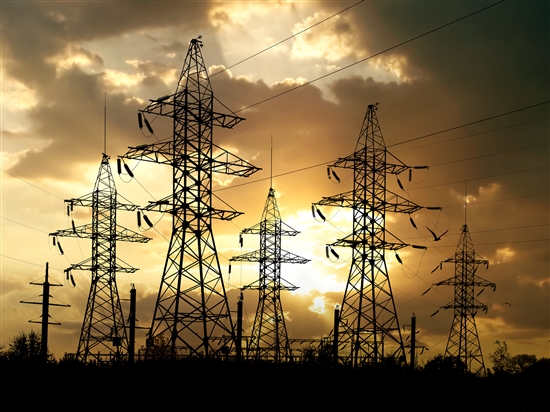
News of 600 million people in India left without electricity last week after a major grid collapse caught the attention of the entire world. Several reasons and theories regarding what went wrong have been widely discussed. The factors blamed for the major outage include politics, corruption, power hungry states, SCADA power control systems and inadequate rainfall amongst many others. However, fundamentally the power outage was a result of mismatched supply and demand. So here are some thoughts on how the smart grid can help prevent such blackouts in the future:
1) Increased generation using micro-grids
Last week’s power outage in India reminded me of a popular Bollywood movie called “Swades” in which the hero – a NASA engineer on vacation in India - enlists his village folk to build a small hydro power plant to overcome its crippling electricity shortage problem. Mega power projects such as nuclear, coal and hydro are typically the focus for increasing India’s generation capacity. However, they have limitations as each major power plant can take years to build out, can have a huge environmental impact and might face a lot of opposition. Distributed generation or micro grids are a good alternative. Solar or wind farms combined with smaller conventional power plants servicing a limited area can be the answer to more self-sufficient local communities. Such micro grids have another advantage in that they do not need as much infrastructure to distribute the generated electricity.
2) Tracking theft and meter tampering
Electricity theft and meter tampering are a major problem in India and you might have seen telling pictures of a tangled mess of electric wires in urban Delhi or Mumbai. Smart electricity meters can help detect electricity theft and meter tampering. Many electricity meters in India already use ICs such as the MSP430 from Texas Instruments to measure electricity consumption and detect meter tampering. More of such smart e-meter deployments would be helpful in addressing the issue of accurate billing and electricity theft. Obviously, implementing these mechanisms at a low-enough cost point is critical in the Indian market and feature creep must be avoided. Smart meters in the US have capability to send electricity consumption data back to the utility company remotely so a meter reader does not have to come by your house. However, this feature has been absent on many e-meters in India since man-power is available in plenty. Communication between meters and the utility is an important cornerstone of the smartgrid and such features will make their way into the Indian smart meters, albeit in more locally optimized forms.
3) Managing peak loads
It is estimated that one-third of the households in India have never had any electricity to begin with. However, a burgeoning middle class in urban India is using lots and lots of it, for example by running multiple air conditioners in their home. Especially in the brutal Indian summer, this consumption has gone up and has been cited as one of the factors for the blackout. Smart Grid technology can help with peak load management and demand response. Adding load control mechanisms on some of the non-critical appliances or advance notification of a scheduled power cut through SMS on a mobile phone or an In Home Display can help shave peak loads in a more efficient manner. Peak loads are also caused by India’s growing commercial sector which could be incentivized to shift some of their loads to “off-peak” hours through mechanisms such as Time Of Use pricing.
The landscape and situation factors of the electricity problem in India are varied and complex to say the least. What are other solutions you can think of to solve this problem? Share your thoughts in the comments section below.
Prasad Dhond, Marketing Manager, Smart Grid HAN
